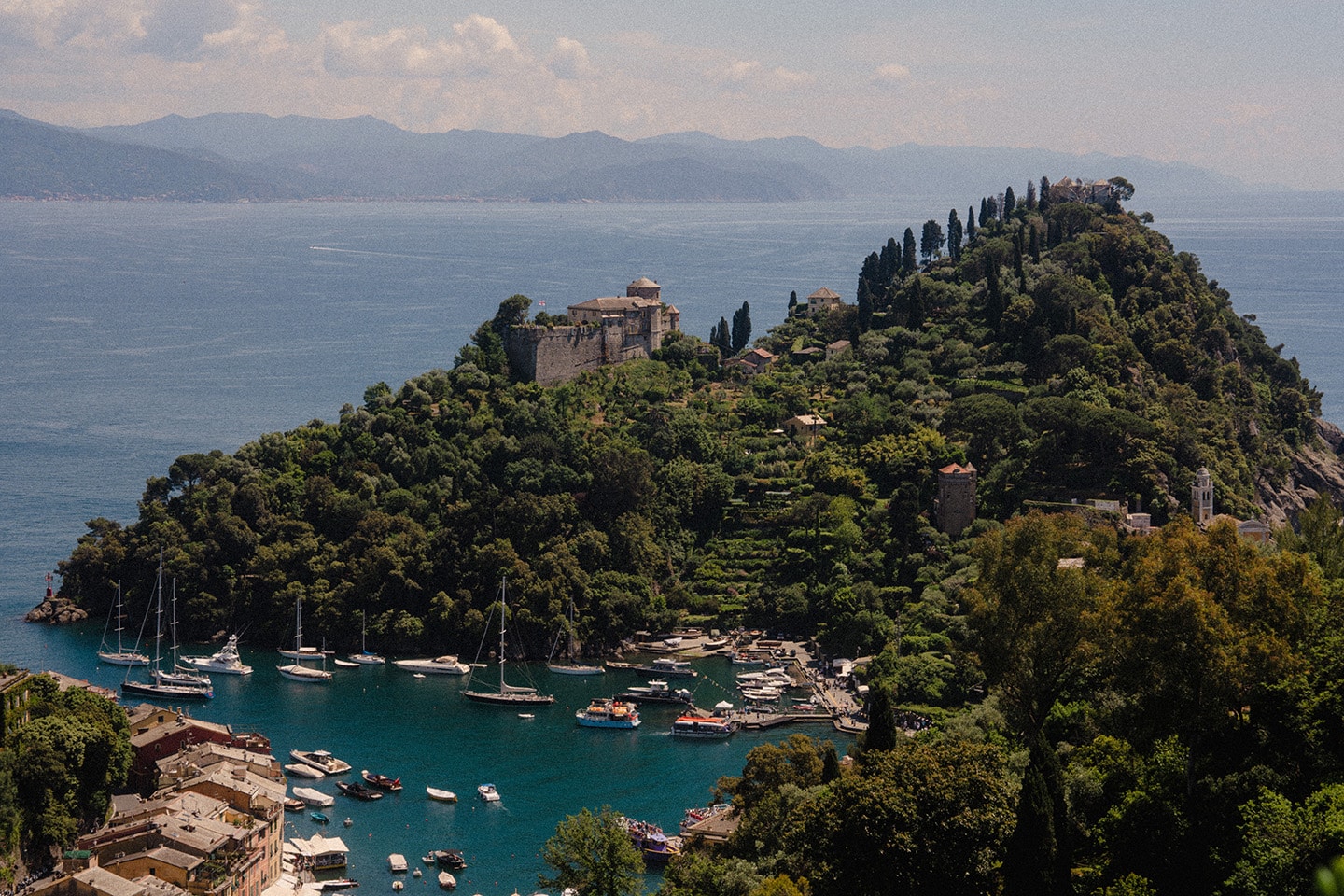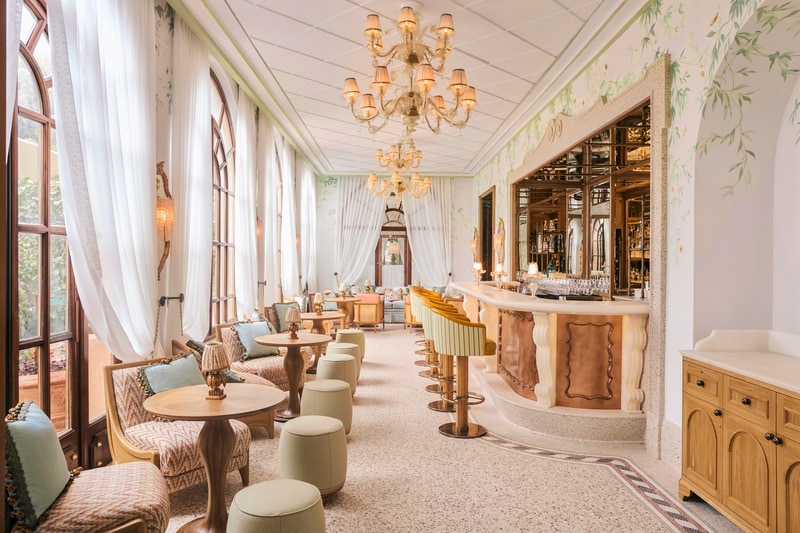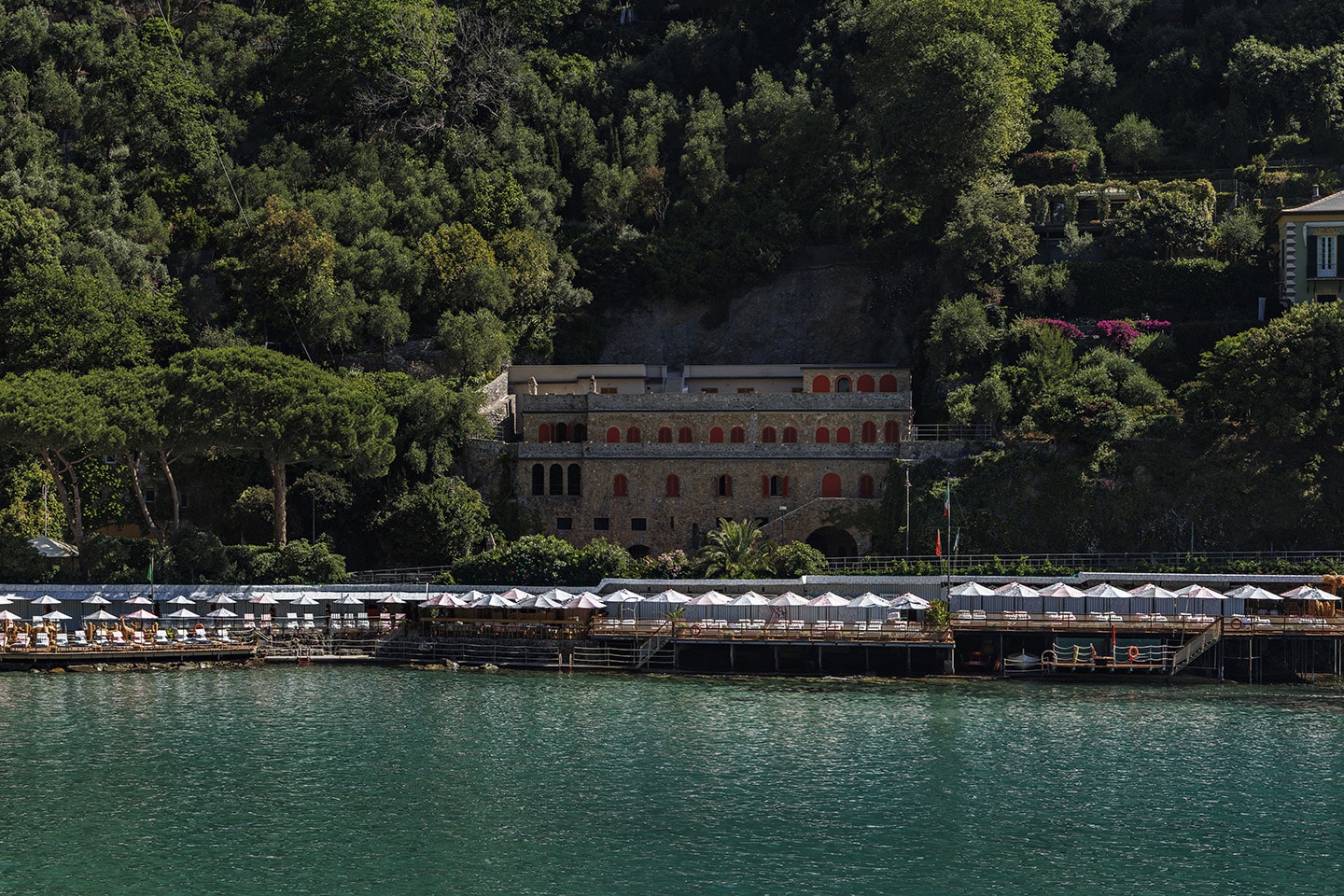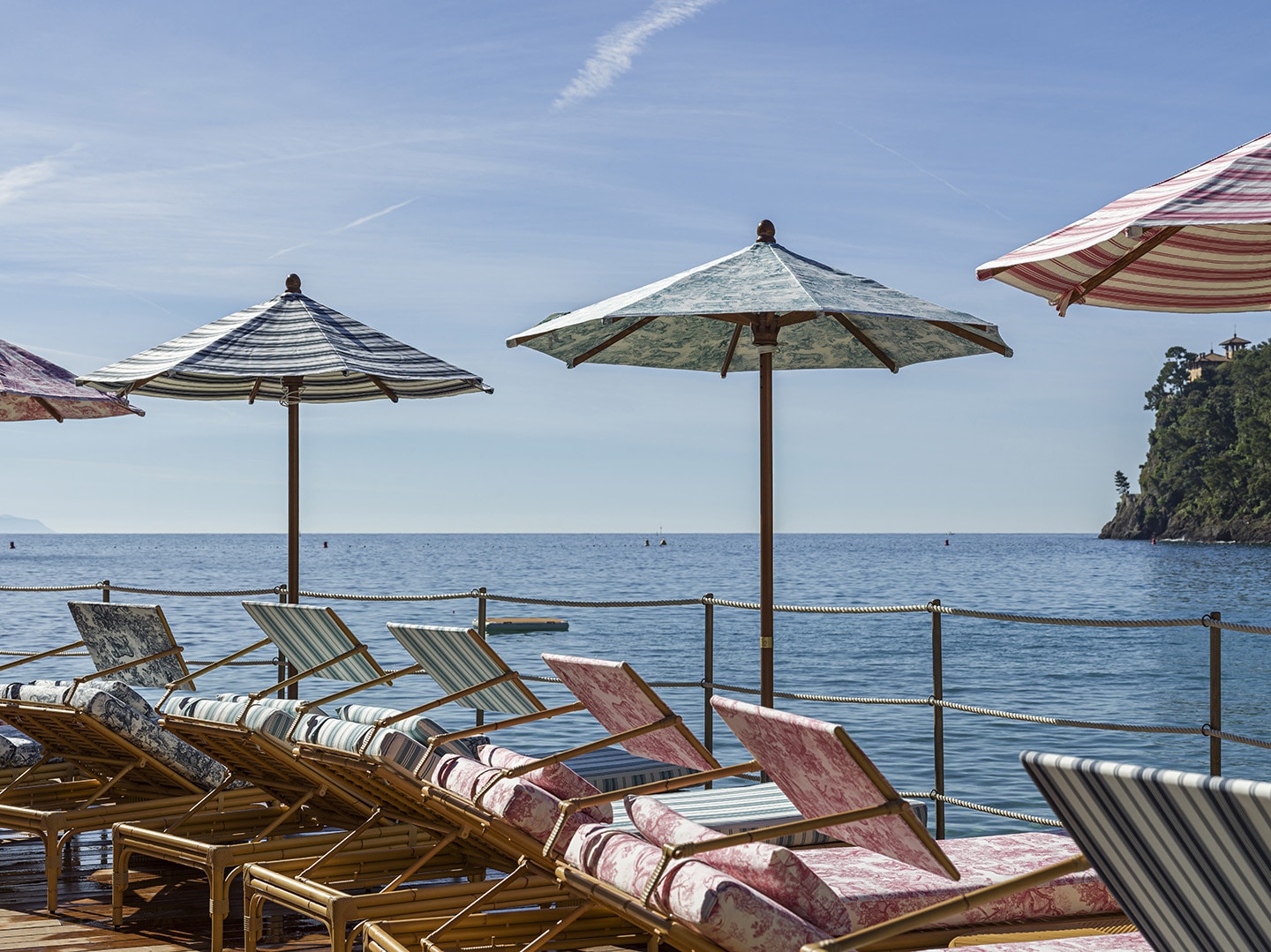Portofino evolves between super-luxury hotels and democratic spritzes.

Portofino seems frozen in time: the promontory with its million-dollar villas, the small square with its colorful houses, the marina divided between fishing boats and megayachts. Even the habits seem the same: the usual spritz at Bar Ugo, seafood risotto at Trattoria Tripoli, VIPs dining at Gemelli. Yet this Tigullio village has changed dramatically in recent years, and could be considered a model of high-end Italian vacations for its preservation, authenticity, and management of overtourism. Whether Madonna is attending or a Ferrari rally in the square, Portofino fears no invasion: its capacity is limited (the road ends there and there's only one public parking lot), and when it reaches it, it closes its doors. The only alternative is to arrive by sea or on foot. As for conservation, the area has been protected since 1935 with the establishment of the Portofino Park, which includes the regional natural park and the marine protected area, awaiting its soon-to-be-established national park. Even authenticity is preserved. Everyone expects boutiques, fabulous jewelry stores, and celebrity villas in Italy's most luxurious village, but without residents, a place loses its daily routine, its pace, and its soul. To prevent depopulation during quiet periods, counteracting overcrowding during peak season, Mayor Matteo Viacava launched a campaign last August to promote rents starting at €175 a month, with the aim of increasing the 355 residents and keeping the village vibrant year-round.

(Copyright: Marco Valmarana)
In 2018, LVMH arrived, acquiring the Belmond group and becoming the owner of the historic Splendido hotel upstream, and the Splendido Mare in the Piazzetta, renovated in 2020. With its new direction, it has raised the bar for its restaurant offerings, bringing in the Cerea brothers, among the very first Italians to earn three Michelin stars. In 2021, Carlo Cracco also opened his restaurant on the pier, and this summer, Italy's most famous flower designer—Vincenzo Dascanio—opened a bistro at the end of the pier, where he serves Pesto Champagne with gin, pine nuts, and basil. The 2024 purchase of the "Portofino Castle" (Villa San Giorgio) by Lebanese financier Nadim Nashi, a Four Seasons partner, also opens up new prospects. What will he do with it: dream apartments? Another ultra-luxury hotel?

Hotel Splendido
The most anticipated new development this year is the completion of the Splendido after two years of work led by architect Martin Brudnizki, who modernized the interiors with wicker details, Murano glass lamps, and bucolic trompe l'oeil. Everything is new and never overdone: the rooms have been reduced from 69 to 52 to provide more space, the Baratta Sedici bar, the pool with orange umbrellas, the Grill with tables set on a panoramic terrace, and the Ligurian menu prepared from the oven, grill, and garden of the local eco-farm La Portofinese.

Dior resort at Bagni di Fiore in Paraggi, Portofino, Italy (Photo ©Kristen Pelou)
And the Dior spa, the first in Italy, with cutting-edge treatments, a hair and makeup area, and a pleasant rooftop relaxation area. Surrounded by a Mediterranean jungle overlooking the harbor, its colors saturated by the sun and light, redesigned by landscape designer Marco Bay. In July, also by Belmond and again with interiors by Brudnizki, Villa Beatrice opened, a small castle available for exclusive reservations (maximum 10 guests) with a butler, private access to the sea (and those familiar with the place know that this is a rare privilege in these parts), and a view that will make you feel like Stendhal.

Dior resort at Bagni di Fiore in Paraggi, Portofino, Italy - (Photo ©Kristen Pelou)
The designer revolution has spread all the way to Paraggi, the tiny cove with emerald waters just before Portofino. In the space of a couple of years, its little beaches—for families at Bagni Bosetti, for socialites at Carillon, and for the "sciuri" at Bagni Fiore—have changed. No more luisone and shocking pink popsicles; famous Milanese and international brands have arrived here too. The Vesta restaurant and Dolce & Gabbana fabrics on one side, the Dior umbrellas and the (delicious) dishes of Langosteria on the other: gazpacho with raw shrimp, dry fritto misto, and paccheri with fish and tomato are served at the table, while you seek out the sea view among iron toys, art books, and exotic shells. Langosteria is the Italian proof of a brand that knows how to express itself in original ways wherever it goes, from St. Moritz to the Ligurian Riviera, from Porto Cervo to London and Miami, where it has announced new openings.
ilsole24ore




